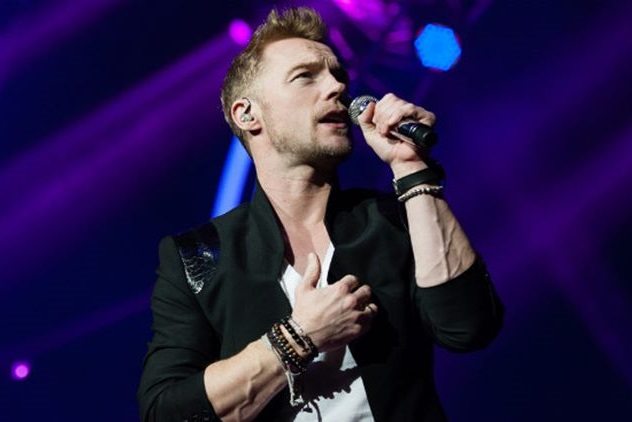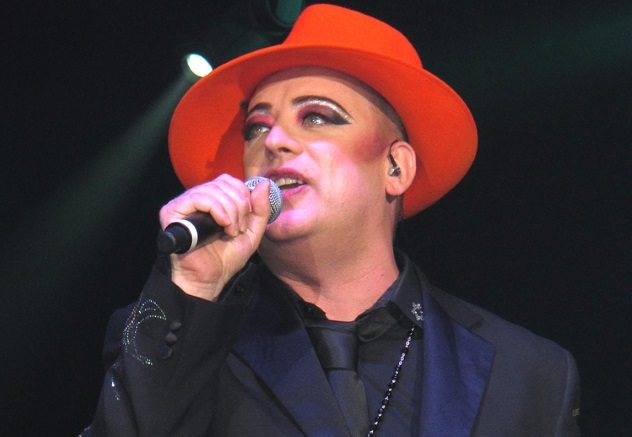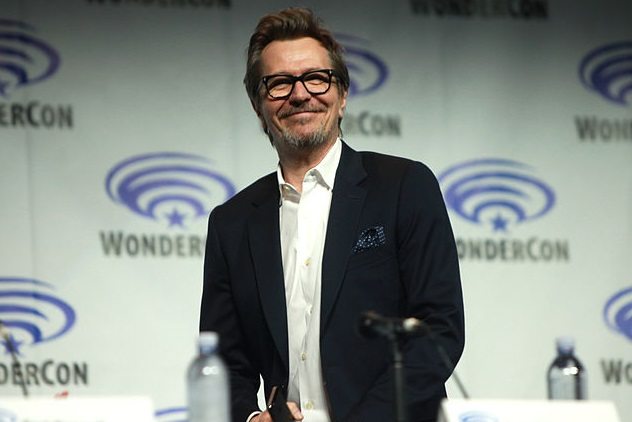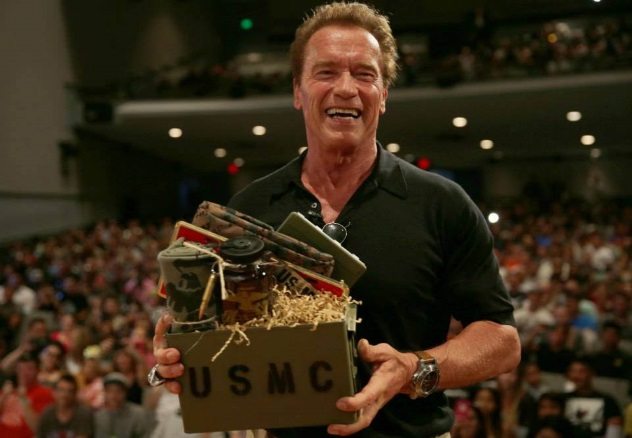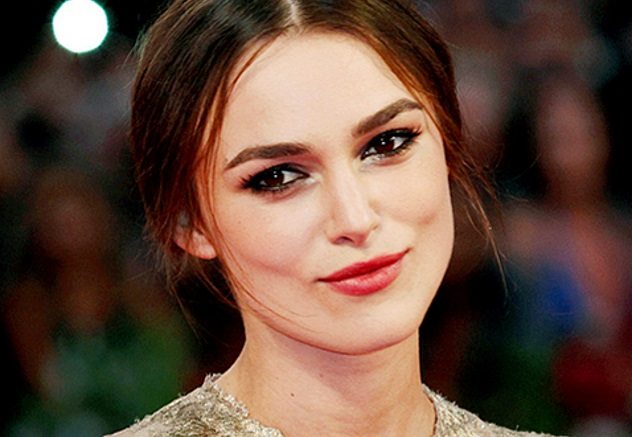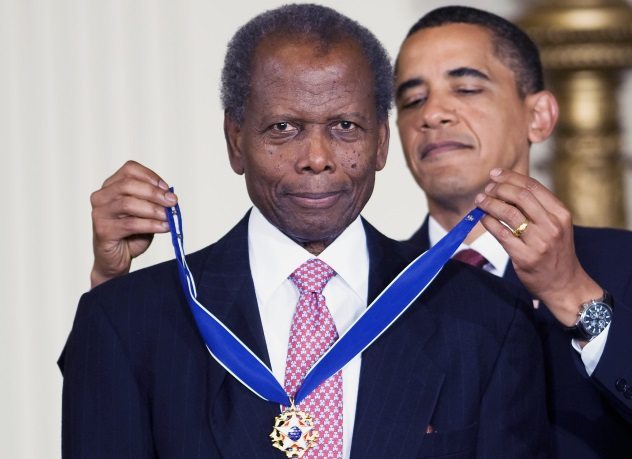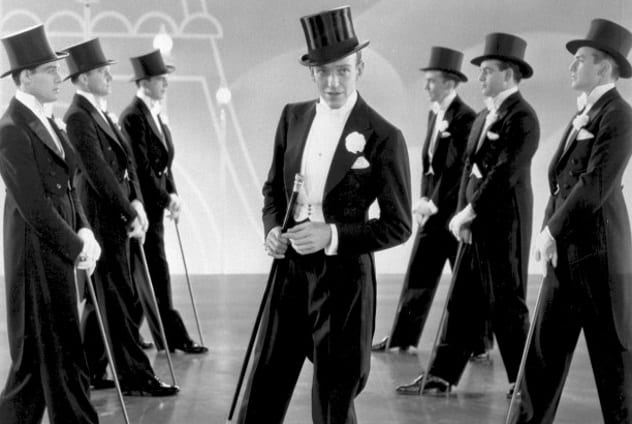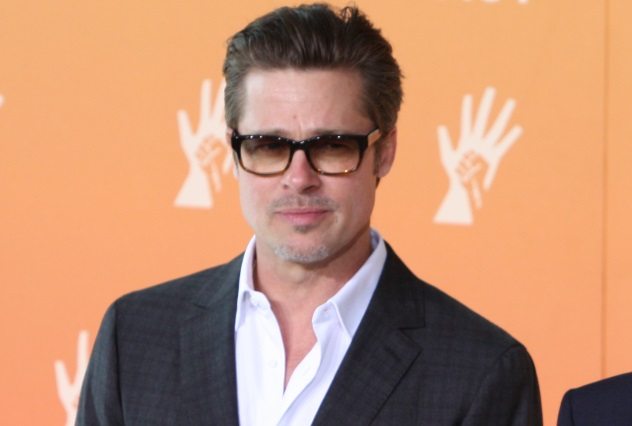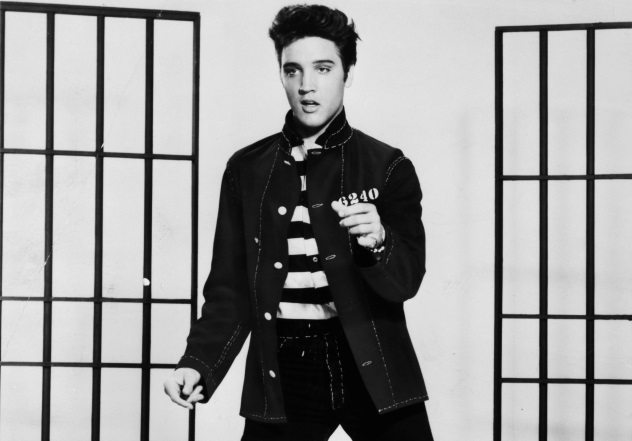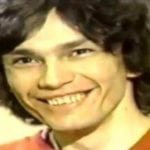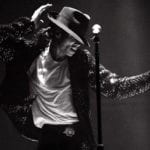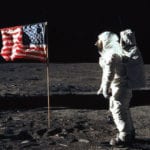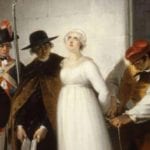10 Ronan Keating
Before hitting it big internationally, Ronan Keating became a European sensation as the leader of the Irish band Boyzone, which debuted in 1993. In 2002, he began his solo career, working with the Bee Gees’ artist Barry Gibbs and musician Bryan Adams. Keating wasn’t only told he couldn’t sing, but he was also nearly dropped from Boyzone. A producer demanded the band dump him because he “can’t sing.” Keating recalled, “I knew I could be dropped in a heartbeat. I had to prove them wrong.” As a result, he said he spent years “foolishly trying to prove [him]self, trying to make everybody happy.”[1]
9 Boy George
George O’Dowd, better known by his stage name “Boy George,” brought a new look to the pop music scene as he performed in London’s nightclubs during the early 1980s. As much as his talent, his flamboyant, androgynous look, complete with facial makeup and cross-dressing, caught the eye of Malcolm McLaren, who recruited the singer to appear in a concert in London’s Rainbow Theater. Thereafter, Boy George became a member of the band In Praise of Lemmings, which was renamed Culture Club. When the band later dissolved, Boy George embarked on a solo career, founded his own label called More Protein, and often appeared at the top of music charts. His song “The Crying Game” is featured in the 1992 movie of the same name. When a young George made his desire to become a musician known to his career counselor, the adviser laughed in his face, suggesting that the would-be performer consider working in a factory instead. For five weeks, he took the counselor’s advice to heart, toiling in an apple packing factory, but he found the occupation didn’t suit him. “I was always late,” he explained. “I am pretty much unemployable.”[2]
8 Gary Oldman
Versatile British actor Gary Oldman has played an eclectic array of roles, portraying punk rocker Sid Vicious, Ludvig van Beethoven, Lee Harvey Oswald, Dracula, and Harry Potter character Sirius Black. At various times inspired by the Beatles, Liberace, Frederic Chopin, Muhammad Ali, and Joe Frazier, Oldman believed his interest in music, boxing, and other subjects was based on his passion for acting. After performing in the theater, Oldman starred in a string of Hollywood hits. Following his audition as part of his application for admission to the Royal Academy of Dramatic Arts, he was told he couldn’t act and should seek another career. Recalling the incident, Oldman said, “Maybe I wasn’t ready, or maybe I just had a bad day? Maybe my audition wasn’t very good? But you can’t not enjoy the irony.” Oldman earned a bachelor’s degree in theater arts from Britain’s Rose Bruford College, instead, and has since won a pile of acting honors, including Master Screen Artist Tribute at the USA Film Festival and an Icon Award at the 2011 British Empire Awards.[3]
7 Arnold Schwarzenegger
Although he hasn’t won any major awards for acting, other than the Golden Globe bestowed upon him for Best Acting Debut in a Motion Picture-Male for his role in Stay Hungry, actor, bodybuilder, and former governor of California Arnold Schwarzenegger, perhaps known best for his portrayal of the Terminator in the 1984 movie of the same name, has proven his box office appeal, adding millions of dollars to the coffers of the producers of his films. Despite his success as an actor, Schwarzenegger said he was never considered likely to make it in show business. Most people in Hollywood told him his hope of transitioning from bodybuilding into acting was a pipe dream. He had three strikes against him: his accent, his “overly developed body,” and his unpronounceable name. Despite his naysayers, Schwarzenegger said he persisted in his pursuit of his dream and was elated when it worked out.[4]
6 Keira Knightley
Nominated for an Oscar, Keira Knightley established herself as an actress during the 2000s with such films as Bend It Like Beckham, the Pirates of the Caribbean series, and Pride and Prejudice. She has since won numerous awards for her acting and has become one of Hollywood’s most marketable actresses. When Knightley tried out for a role in The Jacket, director John Maybury told her, even before she’d read from the script, “There’s been a lot of hype about you, but I don’t think you can act. You’re completely wrong for this part. I absolutely don’t want you.” Knightley insisted on auditioning, and her reading won Maybury over. “OK,” he told her, “here’s my home phone number and here’s my mobile number and I’ll see you in about a month.” She was given a starring role in the film, alongside Adrien Brody. Despite Maybury’s initial statement, Knightley bore him no grudge. At the time, she said, “I think it was fair enough. I haven’t completely proved myself as an actress. If you do big-budget films like the King Arthurs and Pirates they want perfection.”[5]
5 Burt Reynolds
After graduating from college, Burt Reynolds was drafted by the Baltimore Colts, but an accident on the field and another in a car ended his career in the National Football League almost as soon as it had begun. Reynolds turned his attention to acting, appearing in such television series as Gunsmoke, Hawk, and Dan August before starring in his breakthrough film, Deliverance. In 1996, his star having faded, Reynolds went bankrupt, but he made a comeback when he won a Golden Globe award for his role in Boogie Nights and was nominated for an Academy Award for Best Supporting Actor. He continues to appear in movies. In the 1960s, Reynolds and his friend, actor Clint Eastwood, were fired on the same day. Eastwood was terminated because of his looks, Reynolds said. “They told him his Adam’s apple stuck out too far, he talked too slow and he had to get that chipped tooth fixed.” When Reynolds asked why he was being fired, he was told, “You can’t act!” As the canned actors returned to Eastwood’s truck, Reynolds told him, “You’re in a hell of a lot of trouble. I’ll eventually learn to act. You’ll never get rid of that Adam’s apple!”[6]
4 Sidney Poitier
After moving from the Bahamas to New York City, Sidney Poitier traded acting lessons for janitorial work at the American Negro Theater. As Harry Belafonte’s understudy, Poitier debuted onstage in the play Days of Our Youth, filling in for the actor. Next, he was assigned a bit part in Lysistrata. He made his first movie, No Way Out, in 1950. His fame on the rise, Poitier starred in Cry, the Beloved Country, Blackboard Jungle, and The Defiant Ones, winning the Academy Award for his role in Lilies of the Field, becoming the first African American actor to win the coveted honor. Afterward, he starred in a string of other classic films, including In the Heat of the Night and Guess Who’s Coming to Dinner. His huge success notwithstanding, Poitier almost didn’t get the start he wanted. When he auditioned for his first role in a play at the theater that launched his career, the director told him, “Why don’t you stop wasting people’s time and go out and become a dishwasher or something?” Instead of following the director’s advice, Poitier continued to pursue his dream, succeeding beyond the level of many of his peers.[7]
3 Fred Astaire
After dancing with his sister Adele on Broadway as a vaudeville performer at the height of the Jazz Age, Fred Astaire partnered with Ginger Rogers. The team took their act to Hollywood. There, they starred in ten movies, including Top Hat, Follow the Fleet, and Shall We Dance. Often wearing a tuxedo, he exuded charm and sophistication. Later, his dance partners included Eleanor Powell and Rita Hayworth. With the assistance of special effects, he appeared to dance on the walls and ceiling in the 1951 hit movie Royal Wedding. Nominated for an Academy Award, Astaire was a two-time Emmy winner and received numerous other awards. His dancing inspired many others and influenced dance itself. His sterling career as an entertainer notwithstanding, Astaire didn’t make much of an impression on the individual who evaluated his first screen test. Astaire was damned with faint praise: “Can’t act. Can’t sing. Balding. Can dance a little.” His talent onstage and on-screen proved otherwise, and Fred Astaire became a legend of Hollywood’s Golden Age.[8]
2 Brad Pitt
Supporting himself though a variety of jobs, including those of chauffeur, furniture mover, and man in a chicken suit for El Pollo Loco, while training under the direction of acting coach Roy London, Brad Pitt won his breakthrough role in Thelma and Louise. Starring in a series of blockbuster movies led to stardom for the actor. In 2014, he won an Academy Award as a producer for Best Picture winner 12 Years a Slave. “I don’t know where I’m going to put it,” Pitt said. “I never thought I’d take one home, so I haven’t thought that far in advance.” He has won numerous other awards as well. Pitt didn’t always command the respect he now enjoys as an actor. He auditioned for a part in The Accused, starring Jodie Foster, but he said his performance resulted in “three seconds of silence,” followed by the question, “Have you ever thought about acting classes?” The part for which he tried out went to another candidate, but Pitt’s persistence paid off, as he is now respected, acclaimed, and in demand.[9]
1 Elvis Presley
Elvis Presley’s baritone voice and his notorious pelvic gyrations drove young women mad and caused Ed Sullivan to film him exclusively from the waist up. His talent, showmanship, and popularity made him more phenomenon than singer, earning him 45 gold records, each selling over a million copies. He also starred in 28 movies, and, at age 30, he was the highest-paid performer ever at that time. Along the way, Presley earned a host of other awards, including platinum and double platinum records and two Grammy Awards, one for Best Inspirational Performance, 1972, for He Touched Me, and the other for Best Inspirational Performance, 1974, for How Great Thou Art. It seems hard to believe, but the legendary singing sensation wasn’t always considered a talented performer. At age ten, Presley entered the Mississippi-Alabama Dairy Show, placing fifth. Two years later, stage fright interfered with his chance to perform on-air in a Tupelo, Mississippi, radio program. In his eighth grade music class, he earned a “C-” (below average) grade, and his teacher advised him that he “had no aptitude for singing.” Unfazed, Presley spent hours listening to country, gospel, blues, and rhythm and blues music in record stores. His musical ability wasn’t appreciated until he sang at Humes’s High School Annual Minstrel Show. “It was amazing how popular I became after that,” he recalled. However, even then, Elvis remained largely unappreciated. His audition for a local quartet was unsuccessful. He couldn’t sing, he was told. Another audition, this time for a local band, brought an even harsher assessment of his talent: He was told not to give up his job as a truck driver, because he was “never going to make it as a singer.” Months afterward, Sun Records producer Sam Phillips called Presley, but the singer performed as he imagined Phillips would want him to perform, and Phillips was unimpressed. Only after he heard Presley performing during a break with other musicians, the way Presley himself preferred to sing, did Phillips realize he had a potential star on his hands. Presley cut a record, and his rendition of “That’s All Right” dominated the airwaves. Soon, he played the Grand Ole Opry in Nashville, Tennessee, and in 1956, RCA bought out his contract with Sun Records. Concerts, television performances, and movies followed, and Presley, who’d once been rejected and discouraged as a singer, became one of the greatest rock stars of all time.[10]
